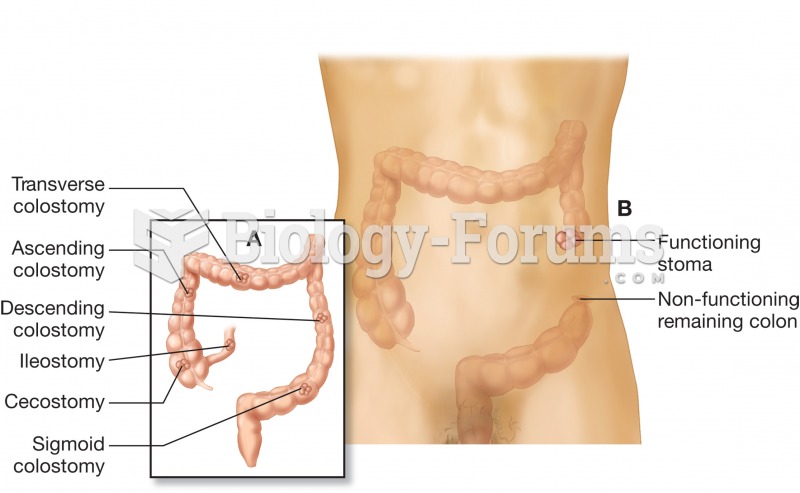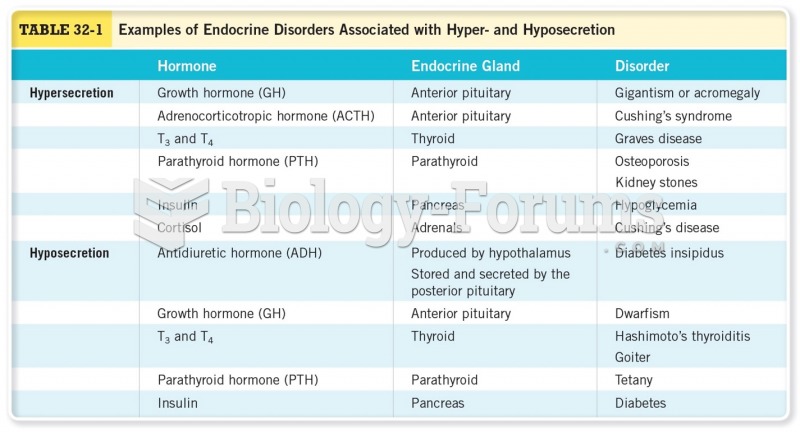Answer to Question 1
B
Answer to Question 2
Avoidant personality disorder is a pervasive pattern of social shyness, feelings of inadequacy, and taking criticism in a personal and hypersensitive manner. Characteristics include at least four of the following: avoidance of occupational activities involving other people because of fear of rejection; avoidance of interaction with others unless sure of being accepted and liked; avoidance of intimacy in close relationships for fear of being rejected; preoccupation with fears of being negatively evaluated or rejected in social settings; discomfort in new social interactions due to fear of criticism; feelings of social inferiority and inadequacy; reluctance to engage in new social activities for fear of embarrassment.
Dependent personality disorder is a pervasive and excessive need to be taken care of by others that leads to dependency and fears of being left alone. Characteristics include at least five of the following: indecisiveness and need for excessive reassurance from others; need for others to be responsible for most aspects of his or her life; difficulty communicating disagreement for fear of being abandoned or rejected; difficulty initiating self-directed activity due to a lack of self-confidence; going to extremes to garner caring or approval from others; feelings of discomfort or helplessness when alone; need to seek out a new relationship quickly when a close relationship ends; or preoccupation with fears of being independent.
Obsessive-compulsive personality disorder is a pervasive preoccupation with orderliness, perfectionism, and mental and interpersonal control to the point of distress. Characteristics include at least four of the following: losing the point of an activity by being preoccupied with rules, orderliness, structure, etc.; perfectionism that interferes with task completion; extreme devotion to productivity to the exclusion of leisure and social activities; rigidity and stubbornness; extreme conscientiousness and strictness about morality and values (other than for religious or cultural reasons); inability to discard old, useless objects even when they lack sentimental value; reluctance to delegate tasks or to work with others unless in strict control; or miserliness, with money strictly saved for future catastrophes.







